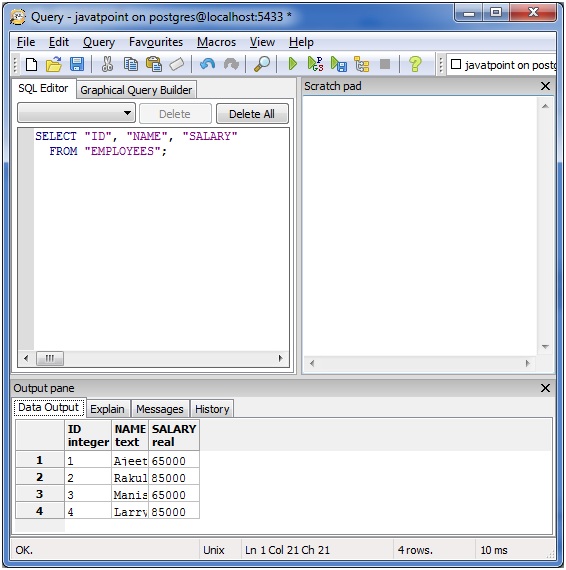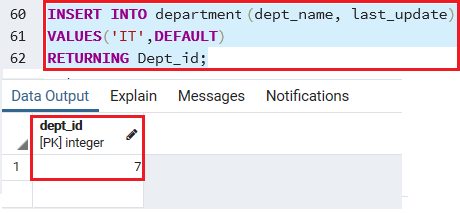

And, with an option to add more flexibility, we can supply parameters to a stored procedure, too. PostgreSQL Stored Procedure also supports various languages in tandem with standard SQL syntax. Likewise, it is also an essential step while creating user-defined functions.ĭo you know? It was after PostgreSQL 11 was released, that transactions were made possible through stored procedures. Instead, creating a stored procedure to later use in an app makes sense. Just imagine deploying a new function every time a new use case arises. The benefits of using PostgreSQL Stored Procedures are immense. Stored procedures in PostgreSQL are a collection of SQL commands manipulated to achieve a particular operation. What are Stored Procedures in PostgreSQL? And, through some workflow examples, you will also be able to apply the learnings in real-life situations, too. You will learn about its different types, advantages, and disadvantages. So, with this ultimate guide, you will learn about PostgreSQL Stored Procedures in detail. Moreover, once created, you can deploy stored procedures in any app based on your requirements. In short, developing custom functions becomes easier using the PostgreSQL Stored Procedures. Like UDFs, stored procedures are a sequence of SQL statements available to apps that access an RDBMS. PostgreSQL Stored Procedures support procedural operations, which are helpful while building powerful database apps - it increases their performance, productivity, and scalability. How Do PostgreSQL Stored Procedures Affect Your Workflow (Advantages vs Disadvantages)?.PostgreSQL Stored Procedures vs Functions.
Select into in postgresql how to#

What are Stored Procedures in PostgreSQL?.


 0 kommentar(er)
0 kommentar(er)
